PM360’s Innovations Issue was established six years ago to serve as a comprehensive guide of the year’s most innovative Companies, Divisions, Startups, Products, Services, and Strategies. PM360 received more than 100 total submissions this year and picked the best in each category.
Here are our selections for the most innovative strategies of 2017.
Align Biopharma
Veeva Systems
Henry Levy, President of Align Biopharma
henry.levy@veeva.com
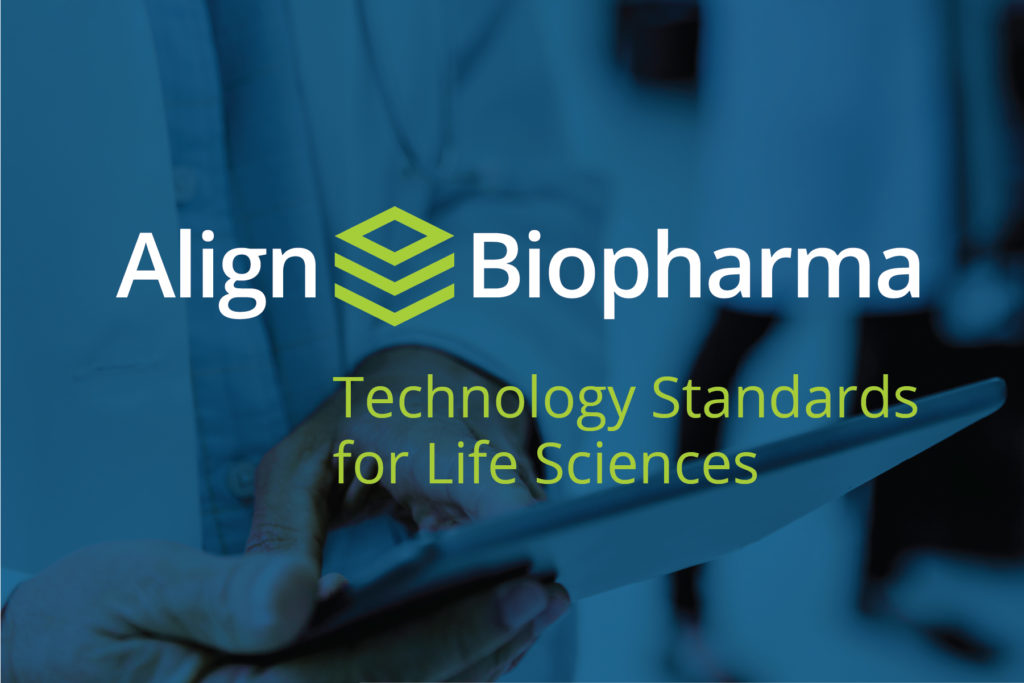 As the number of new drugs increases, so does the amount of information HCPs require for effective patient care. Digital channels help, but require varying levels of identification, severely complicating the log-in process for physicians. Some physicians even use spreadsheets to manage the dozens of different IDs required to access information online—exasperated, they give up and turn to easier alternatives.
As the number of new drugs increases, so does the amount of information HCPs require for effective patient care. Digital channels help, but require varying levels of identification, severely complicating the log-in process for physicians. Some physicians even use spreadsheets to manage the dozens of different IDs required to access information online—exasperated, they give up and turn to easier alternatives.
To address this challenge, Veeva Systems brought together many of the largest pharmaceutical companies to form an industry standards group called Align Biopharma. The goal of Align Biopharma is to make it easier for HCPs to connect with life sciences companies using universal technology standards. Align Biopharma simplifies the process with a single sign-on industry wide so busy HCPs can access reliable information fast.
Launched in early 2017, Align Biopharma now includes 25 members, including Allergan, AstraZeneca, Bayer, Biogen, GSK, Janssen, Lilly, Merck & Co., Novartis, Pfizer, Shire, and Takeda. Align Biopharma also includes a growing list of technology and service providers such as Deloitte, Gigya, Exostar, Okta, and ZS.
Align Biopharma published its first set of open standards for identity management in October. It defines the technical requirements for solutions that provide a single sign-on service for HCPs. Now, technology providers can create solutions that are certified with the standard for biopharma companies.
Next, Align Biopharma will create a common definition for consent and preference management and help drive consistency in how HCPs specify communication preferences with each life sciences company. This will also provide clarity in what it means for HCPs to opt-in or opt-out for receiving information so that HCPs can get the drug information they need, how they want it.
Health-Specific Domain Names
dotHealth
Jose Ignacio Rasco, CEO
jrasco@get.health
 According to Pew Internet, searching for health information is the third most common online activity—yet identifying credible health information online has become difficult and confusing. While .edu domain names are recognizable for education, and .org for organizations, the health industry has never had its own online identifier—until now.
According to Pew Internet, searching for health information is the third most common online activity—yet identifying credible health information online has become difficult and confusing. While .edu domain names are recognizable for education, and .org for organizations, the health industry has never had its own online identifier—until now.
This year, dotHealth launched the .health domain extension for brands, organizations, and people who are advancing health online. It became available to the health industry on July 20, 2017—with early registrations by many leading organizations including: Amazon, BlueCross BlueShield, Johnson & Johnson, Mayo Clinic, and Pfizer.
Not only is dotHealth creating this new neighborhood for the health industry online, they have also commissioned a research study to help health marketers, strategists, and innovators understand how consumers are seeking and interacting with health information online. The study was conducted by Brightline Strategies in July 2017 of 1,509 adults in the U.S. who have engaged with health-related information online in the past 12 months. The results are published in dotHealth’s “Consumer Health Online – 2017 Research Report.”
Access the Consumer Health Online – 2017 Research Report at http://bit.ly/PM360dothealth. Learn more about the .health domain extension at www.get.health.
Hero Journey
PulseCX
Kurt Mueller, Chief Innovation Officer
kmueller@pulsecx.com
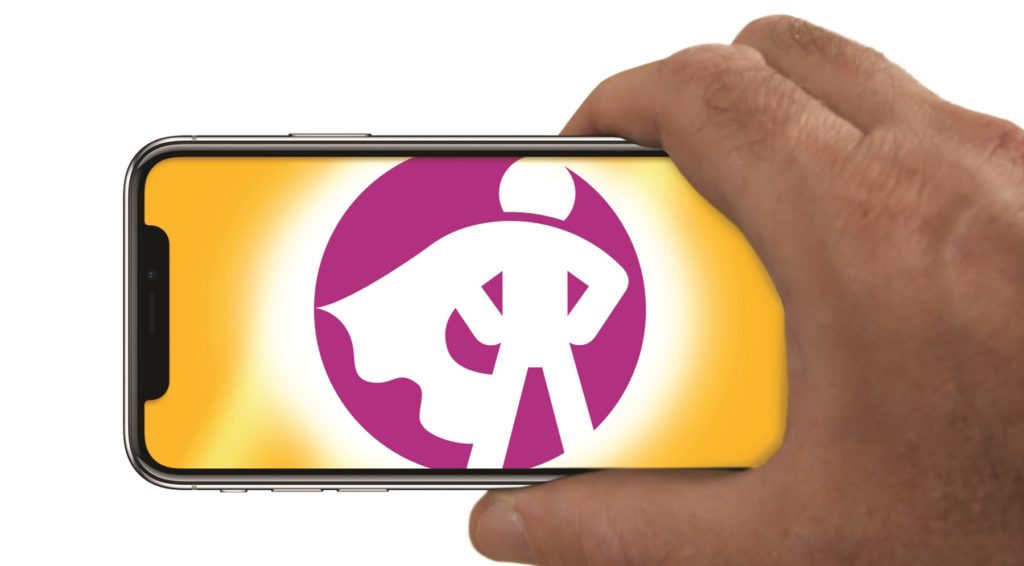
The Apple iPhone X is now available and with it comes enhanced technology, like the iOS-based augmented reality solution (ARKit), that is worth every penny if it provides the opportunity for HCPs and patients to collaborate on a deeper, more personal level. But PulseCX believes no matter how “whiz-bang” and breakthrough the technology, it’s just a tool, and that true healthcare marketing success lies in something more deeply human—the Customer Experience (CX).
Technology’s job is to enable the CX and ensure the brand is part of the customer’s “hero journey”—i.e., the understanding that everyone either consciously or subconsciously asks themselves how the brand is going to help propel them to obtain their goal of being a hero in their personal journey.
Consider a recent example of how technology (AR) was leveraged to support the hero journeys of three key target audiences in the treatment of cervical dystonia (a neuromuscular condition in which the muscles in the head, neck, and shoulders distort a patient’s head from its normal position to, in extreme cases, pinned to their shoulder):
- Sales Representatives: To increase physician access, extend call duration, and increase Rxs, reps wanted to provide a new way for physicians to motivate patients to try a new treatment.
- Physicians (neurologists and physiatrists): Physicians wanted to improve their doctor-patient dialogue and increase their success in explaining (and showing) patients the physiology of their disease and benefits of a new therapy.
- Patients: Having been through several past treatments (and been consistently disappointed by minimal success), patients want to believe this new treatment will be different and help them become a “successful” patient (for them, and their physicians).
Remember, ground-breaking technology alone isn’t enough. The key to success involves leveraging technology to support your audience’s Hero Journey and deliver an excellent CX.
Innovation Leadership Team
Razorfish Health
Brandon Ashcraft, SVP, Operations
brandon.ashcraft@razorfishhealth.com
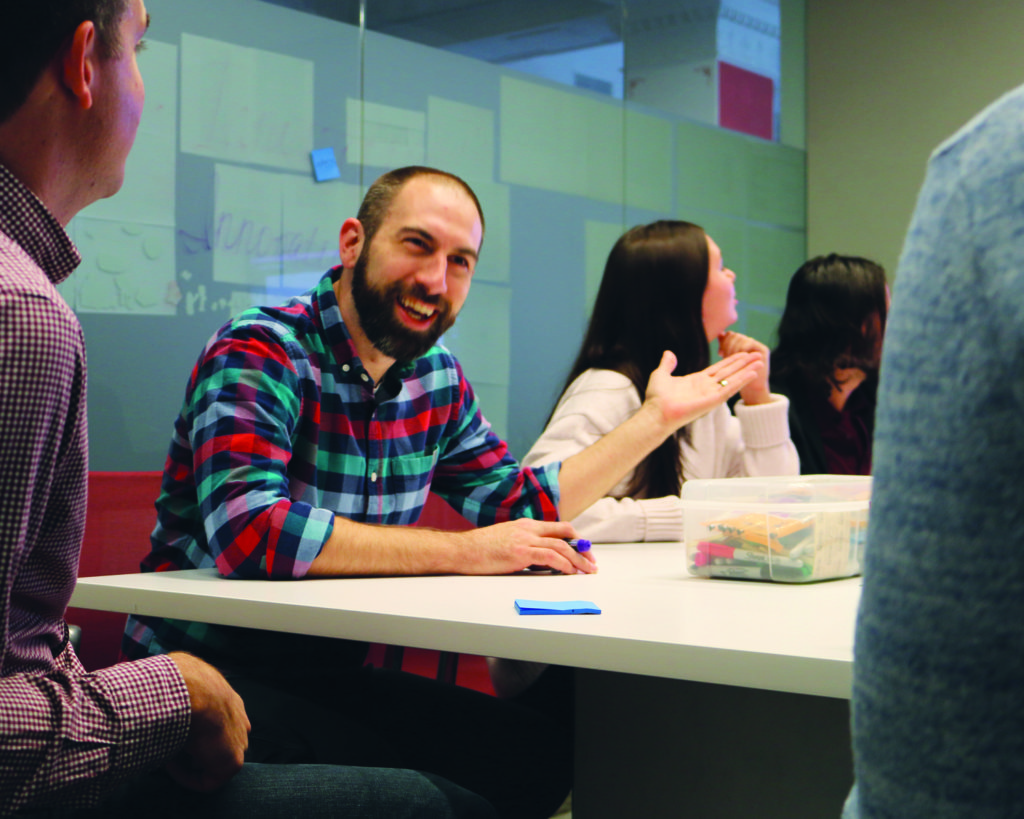 For organizations that don’t have a team dedicated solely to innovation, efficiency is critical. At Razorfish Health, their Innovation Leadership Team (ILT) is a governing body of individuals spanning all agency disciplines: Strategy, Creative, Technology, Analytics, Account, and PM. They don’t just ideate, but apply a repeatable process to select initiatives based on anticipated ROI and established KPIs across three categories: Industry impact, client impact, and internal impact. The more than three dozen KPIs used include: Publication in an industry-leading periodical (industry), dollar amount of an organic growth win (client), and number of showcase attendees (internal).
For organizations that don’t have a team dedicated solely to innovation, efficiency is critical. At Razorfish Health, their Innovation Leadership Team (ILT) is a governing body of individuals spanning all agency disciplines: Strategy, Creative, Technology, Analytics, Account, and PM. They don’t just ideate, but apply a repeatable process to select initiatives based on anticipated ROI and established KPIs across three categories: Industry impact, client impact, and internal impact. The more than three dozen KPIs used include: Publication in an industry-leading periodical (industry), dollar amount of an organic growth win (client), and number of showcase attendees (internal).
To bring an idea forward, an ILT member submits an Innovation Brief that presents business impact and details the KPIs an initiative will activate. Ideas come from all corners of the agency and all are free to work on projects. The ILT is there to serve as both a clearinghouse for ideas and a conduit for action. As bandwidth for new initiatives becomes available, outstanding briefs are “scored” with the winning brief(s) selected. Initiatives undertaken this year run the gamut from creating a modest screenshotting tool to expedite the MLR process to building cutting-edge progressive web apps (PWAs) for clients.
Continued reevaluation after a project starts gives the team a framework with which to dismiss an initiative that is no longer meeting objectives or pause if another initiative with perceived higher return materializes. Ultimately, the process allows everyone, regardless of their own creative contributions, to get on board with the selected projects and feel inspired by them, which is good for the team, the agency, and overall innovation.
MD Accelerator
Pascale
Christian Rodgers, Head of Digital
christian@pascalecommunications.com
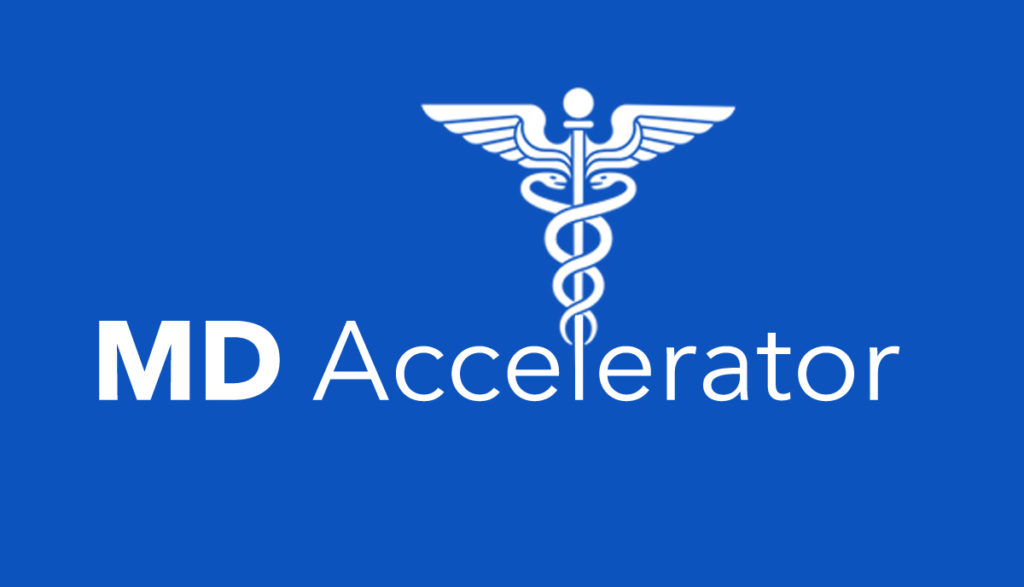 In May 2017, Pascale expanded its healthcare client base to include physicians by adding a new digital capability called MD Accelerator. Through this model, Pascale develops and maintains physicians’ professional social media presence with focuses on content creation, content marketing, and paid media, to help physicians meet their goals for career and business growth.
In May 2017, Pascale expanded its healthcare client base to include physicians by adding a new digital capability called MD Accelerator. Through this model, Pascale develops and maintains physicians’ professional social media presence with focuses on content creation, content marketing, and paid media, to help physicians meet their goals for career and business growth.
Growing online relationships between physicians and patients with MD Accelerator strengthens the bonds that create lifelong patients. Social media sharing brings in new patients in social media circles. Those strong connections and visible social media presence also bring in all-important positive reviews.
When Pascale launched MD Accelerator, its team began working with ophthalmologist Neda Shamie, MD, with the goal of increasing Dr. Shamie’s brand awareness on Instagram and Twitter. To achieve those goals, Pascale created a two-pronged strategy: 1) creation of a brand hashtag (#EyesofLA) and 2) using provocative images and videos of eye surgery to grow a large following (similar to that of dermatologist Dr. Pimple Popper, who has more than 2.5 million followers).
In addition, Pascale advised Dr. Shamie to incorporate her personal life into the social media channels. Sharing personal photos and information builds trust. Doctors, however, usually do not know what aspects of their personal lives to share or how much to share, so Pascale provides personal coaching on what, where, and when to post, as well as how to capture great family photos.
In six months, Dr. Shamie experienced phenomenal results. Her social media engagement increased over 10,000%, and surgical posts have gained substantial attention. @NedaShamieMD now has more than 900 Instagram followers and @NedaShamie has more than 1,230 followers on Twitter. Posts to both accounts are frequent, as are likes and shares.
Mixed-Reality Live Stage CME Presentation
Confideo Labs
Mike Marett, Founder
mm@confideolabs.com
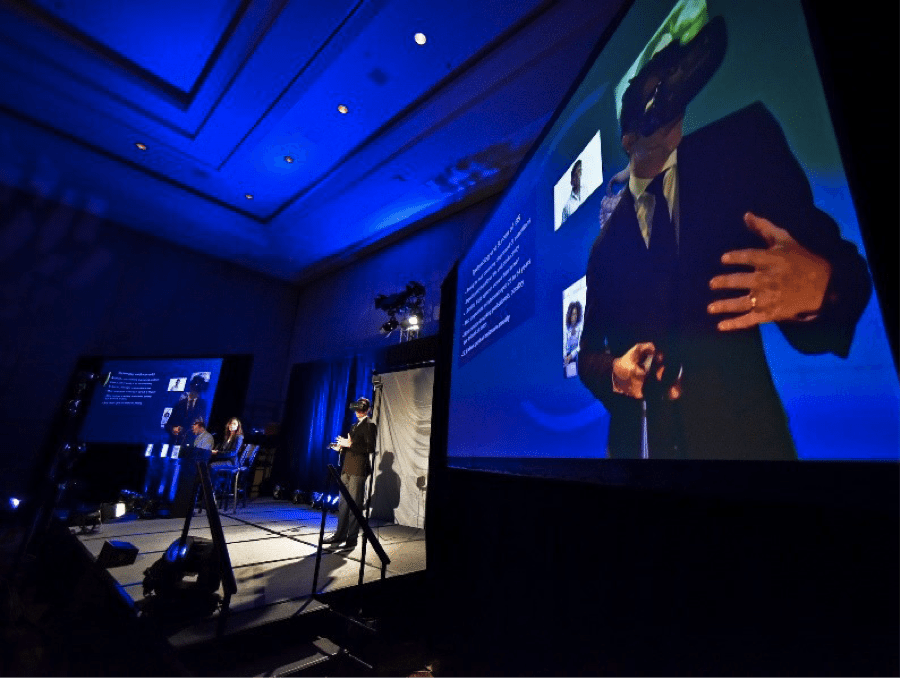 Confideo Labs teamed up with a leading provider of continuing medical education (CME) to launch a new way to present curriculum at live events. With mixed-reality stage presentations, faculty go beyond merely presenting new data via PowerPoint to a powerful blending of real-world video capture with vibrant interactive 3D digital content—a solution that enables both presenter and audience to be immersed in engaging curriculum.
Confideo Labs teamed up with a leading provider of continuing medical education (CME) to launch a new way to present curriculum at live events. With mixed-reality stage presentations, faculty go beyond merely presenting new data via PowerPoint to a powerful blending of real-world video capture with vibrant interactive 3D digital content—a solution that enables both presenter and audience to be immersed in engaging curriculum.
In this experience, the presenter on stage engages custom-created media using VR hardware (head mounted display and hand controllers). The presenter is fully immersed, interacting with 3D content, enabling comprehensive exploration of the curriculum. As an example, the presenter can control the pace of their presentation and intimately step in and around content (i.e., peer through and explore layers of gross anatomy or interact with large data sets, complex charts, and graphs).
Opposite the presenter, on stage, is a camera system pointed at the presenter and keying screen. The camera films the presenter, capturing live-action video that is merged in real-time with the VR media, creating a mixed-reality presentation that is projected to the audience via large screens adjacent to the stage. This enables the large audience of medical professionals to seamlessly view either the first- or third-person perspective of the presenter. Furthermore, the audience is provided with iPads that allow them to follow the program, take notes, and submit questions to the faculty onstage.
The first-of-its-kind mixed-reality live stage CME presentation debuted at the World Congress of Gastroenterology in Orlando, FL in October.
PeaceWorX
GTO Greater Good
Elizabeth Apelles, CEO, The GTO Group
eapelles@thegtogroup.com
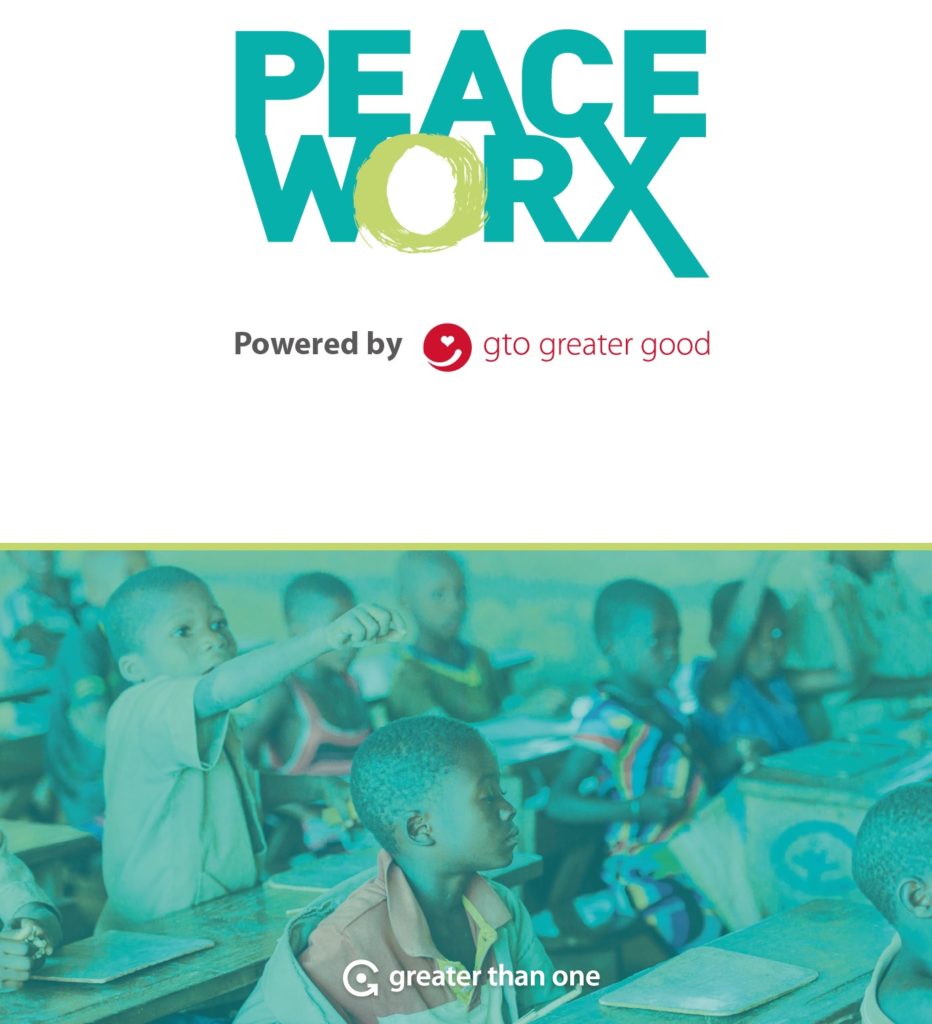 In 2017, GTO Greater Good, the non-profit division of healthcare communications company Greater Than One, received a grant from the U.S. Mission to UNESCO to develop an interactive educational platform designed to help stem the tide of violent extremism among youth. This is a global endeavor that supports the United Nation’s 2030 Agenda for Sustainable Development by focusing on the prevention of violent extremism through education.
In 2017, GTO Greater Good, the non-profit division of healthcare communications company Greater Than One, received a grant from the U.S. Mission to UNESCO to develop an interactive educational platform designed to help stem the tide of violent extremism among youth. This is a global endeavor that supports the United Nation’s 2030 Agenda for Sustainable Development by focusing on the prevention of violent extremism through education.
The interactive educational platform is called PeaceWorX (www.peaceworx.org), a scenario-based learning tool developed to move youth towards decisions that can create change and involvement in an emerging world community of peacebuilding youth. In October 2017 Phase I was launched. In early 2018 Phase II is scheduled, which will meet two main objectives: To create a safe space where young people feel comfortable expressing themselves and to design a platform that enables any young person to take a personal journey towards peace.
PeaceWorX.org enables and encourages young people to take on peacebuilding as a priority, both locally and globally. It is a dynamic platform designed—both locally and online—to build resilience against extremist messages through educational activities, community involvement, and social activism. It also provides support worldwide to those committed to a more peaceful, tolerant, inclusive, and secure world and provides educators with tools to teach these concepts.
The program offers six interactive learning modules, facilitates educators’ work with young people in a group setting around peacebuilding, and promotes diverse ways of thinking and understanding others’ perspectives. The platform was tested last August over four days during a workshop held in New Delhi, India for teachers, students, and thought leaders.
Popup Star
The Greater Gift, FCBVIO, and Eli Lilly
Angela Radcliffe, EVP, Managing Director, FCBVIO
popupstar18@gmail.com
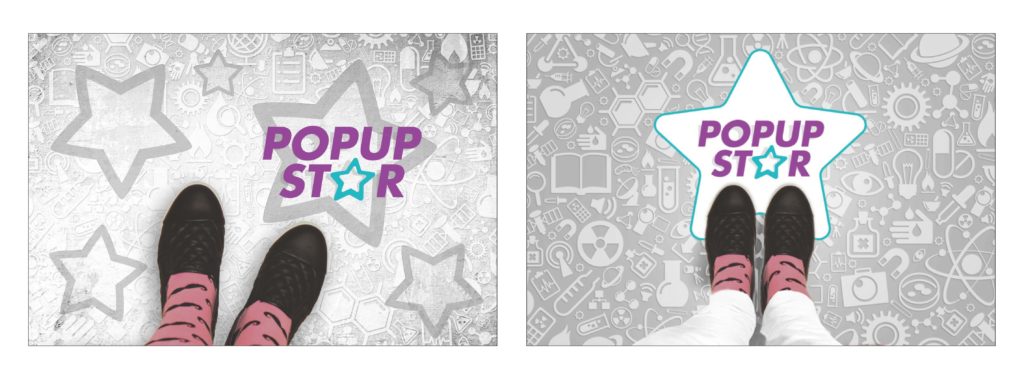 Popup Star is a contest designed to inspire the creation of unique clinical trial awareness events developed by all stakeholders in healthcare. The kernel for the idea came from Angela Radcliffe at FCBVIO, while Jennifer Byrne, Founder of PMG Research and the Greater Gift Initiative, and Kelly McKee, from the Clinical Innovation team at Lilly, added to it and helped bring it to life.
Popup Star is a contest designed to inspire the creation of unique clinical trial awareness events developed by all stakeholders in healthcare. The kernel for the idea came from Angela Radcliffe at FCBVIO, while Jennifer Byrne, Founder of PMG Research and the Greater Gift Initiative, and Kelly McKee, from the Clinical Innovation team at Lilly, added to it and helped bring it to life.
Over a 10-day period in April 2018, as many as 25 diverse and global teams will compete for the title of Popup Star Champion. Through this effort, those involved will gain insights that could allow them to replicate successful event formats, audience recruitment techniques, and activation/pull-through concepts that engage the general public in the value of clinical research as a care option.
Team leads who hail from all corners of the healthcare landscape (patients, caregivers, advocacy, academia, researchers, healthcare practitioners, payers, and industry) will be selected for a city and provided seed funding and mentorship to guide them. Teams/cities will be announced at the SCOPE 2018 conference. From there, teams will be responsible for securing:
- Venue and logistics
- All funding sponsorships above and beyond seed money (5K per team)
- Speakers and exhibitors
- The audience
- Earned media
- And anything else to make it special
Throughout the process, check-ins, videos, and social media feeds will be utilized to create a series of web episodes to raise awareness—like Celebrity Apprentice (just without Donald Trump, Arnold Schwarzenegger, or Martha Stewart). The finalists will be brought to an award ceremony in NYC where the winner will be reveled via a broadcast stream. To learn more or apply to compete visit www.popupstarcommunity.com.
ROMI Model
W2O-Sentient
Michael Spitz, Managing Director, Strategy, W2O Group
mspitz@w2ogroup.com
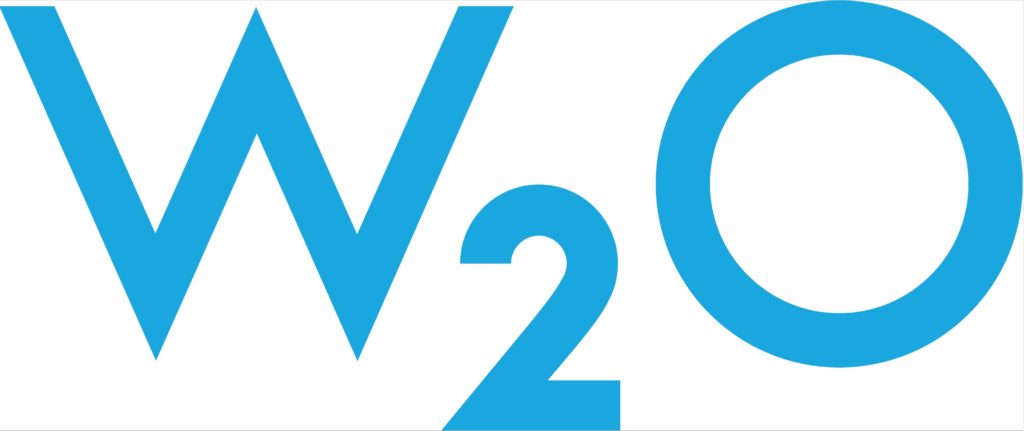 The “Return on Marketing Investment” (ROMI) model is at the core of W2O-Sentient’s results-driven methodology to help quantify and substantiate the return on every marketing dollar invested. This approach guides client engagement from planning through execution and, finally, measurement and optimization.
The “Return on Marketing Investment” (ROMI) model is at the core of W2O-Sentient’s results-driven methodology to help quantify and substantiate the return on every marketing dollar invested. This approach guides client engagement from planning through execution and, finally, measurement and optimization.
First, defining precise, script-related key performance indicators (KPIs) is a prerequisite for every effective pharma multichannel campaign. For example, the eminently measurable action of downloading a copay card reveals patient intent and is a metric statistically tied to prescribing activity.
Establishing that goal as the end-point of the conversion funnel, the agency then maps the consumer experience backward through website engagement and up into the media mix. By calculating the lifetime value (LTV) of each patient prescription and multiplying it by the predicted conversions, they determine the overall value of the campaign.
Then, they can estimate the number of hard conversions from the net effect of the total impressions across each engagement channel, number of unique visits, individual website actions, and finally from the primary KPI. By assigning “influence factors” to each touchpoint in the funnel, they can quantify micro-moments of the consumer journey. That starts with the multichannel media mix, inclusive of search, programmatic display, social media, broadcast, etc. Here, the agency assigns benchmarks based on market rates, industry standards, W2O-Sentient experience, and historical performance. Working with the client, they plug all the values in and shoot for a ROMI goal of at least 1:1.
Since each media channel influences the others, the ROMI model can be tweaked to show how, for example, increased website engagement through programmatic display actually improves SEO rankings. With dependencies across each region of the Paid, Earned, Shared, Owned (PESO) marketing model, ROMI becomes a key tool.
The Unifying Effect
Dudnyk
Christopher Tobias, PhD, President
ctobias@dudnyk.com
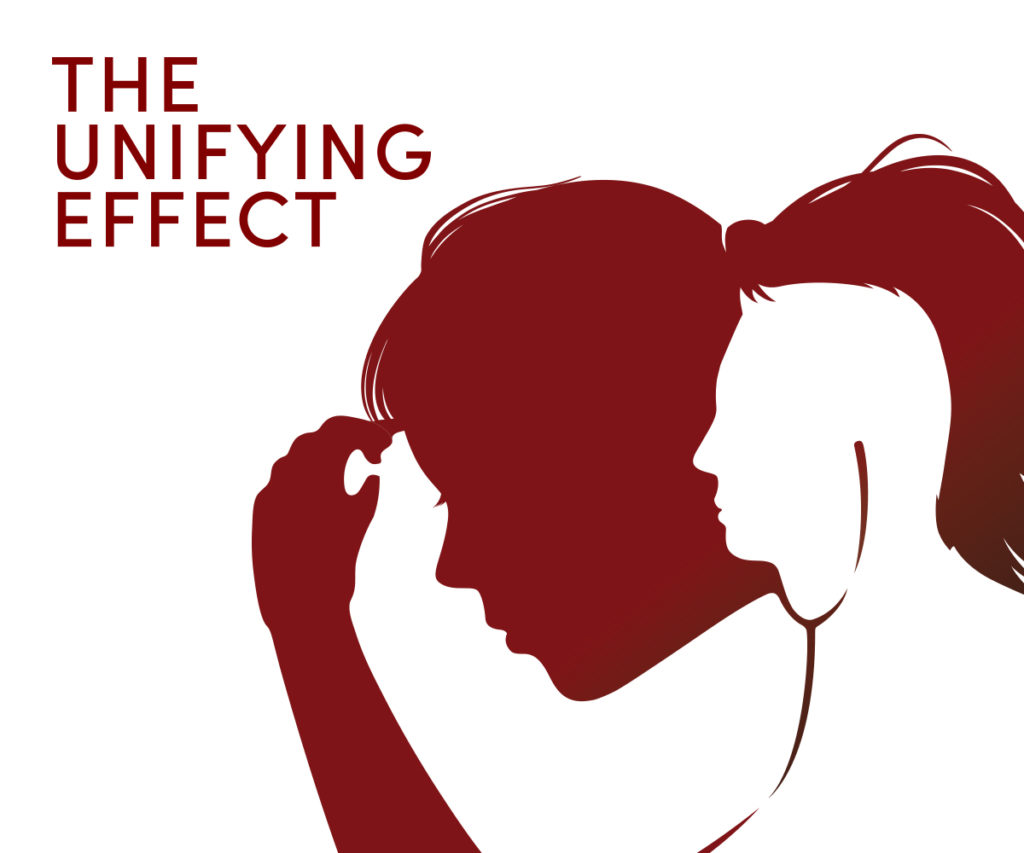 Patients are becoming more empowered, often choosing to educate themselves on their conditions and demanding more say in the treatment decision-making process. This is especially true for patients with rare diseases. For healthcare professionals, this change in dynamic can be challenging, and may require a shift in habits, or even an entirely new philosophy of practice.
Patients are becoming more empowered, often choosing to educate themselves on their conditions and demanding more say in the treatment decision-making process. This is especially true for patients with rare diseases. For healthcare professionals, this change in dynamic can be challenging, and may require a shift in habits, or even an entirely new philosophy of practice.
In 2017, Dudnyk articulated its innovative strategic approach to help specialty and orphan brands reach their full potential—called The Unifying Effect. Although some marketers focus on HCPs and others on patients, Dudnyk believes that today’s healthcare landscape demands an equal appreciation of both.
The Unifying Effect emphasizes the need to examine both patient and HCP mindsets and how they impact communication patterns and treatment decisions. In doing so, the agency can unite these audiences through shared understanding, empathy, and responsibility that will ultimately lead to better treatment experiences for both audiences.
HCPs do not always recognize the totality of a patient’s disease burden or the benefits that new therapies may provide. Likewise, patients often struggle to express their needs or be their own advocates for treatment. Dudnyk’s four-phase unifying process guides brands in pinpointing the divide between their target audiences, thus identifying key insights that help to better understand how the gap is negatively affecting the treatment experience and limiting the trajectory of the brand.
In nearly every specialty disease state, a universal divide is affecting brand performance. Through The Unifying Effect approach, Dudnyk can develop a deeper understanding of both the disease state and the treatment decision process, uncovering valuable insights that allow the brands to gain meaningful traction among patients and HCPs while actively working to unite these two audiences for mutual good.






